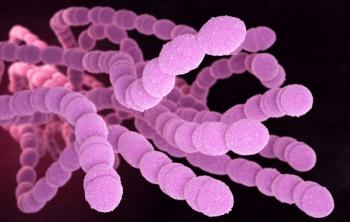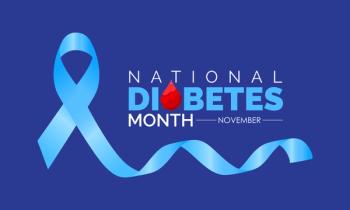
- 2022 OTC Guide
Help Patients Manage Cold and Flu Symptoms
Consider patients' disease states, medication regimens, and other regularly used nonprescription drugs.
Patients often ask pharmacists to recommend OTC medications for coughs, sore throats, and stuffy noses. These products typically contain antihistamines, antipyretics, cough suppressants, nasal decongestants, or a combination thereof (see TABLE). To provide the best care, pharmacists should verify a few things before making a recommendation.
When talking to patients about cough and cold products, it is important to determine which products can help with symptom management. When assessing treatments, the pharmacist should consider not only the patient’s medication regimen but also disease states and other OTC drugs being used.
They should also counsel patients about the risk of duplicate therapy so as to avoid exacerbating possible adverse effects. After gathering information about the patient’s medications and allergies, the pharmacist can consider OTC options.
It is important to note that many of these are sold as morning and nighttime formulations because of the ingredients they contain. Morning products typically contain an expectorant like guaifenesin, whereas those for nighttime tend to exclude nasal decongestants because of their stimulating effects, which may make falling asleep difficult. Instead, antihistamines, specifically first-generation products that have the greatest risk of sedation, are used at bedtime to help promote sleep.
Other helpful interventions include:
- Chapstick for dry lips
- Hot tea or lozenges to soothe sore throat
- Gargling with salt water
- Nasal saline for dry nose
- Resting as much as possible
- Drinking plenty of water or Pedialyte if diarrhea or vomiting are present and electrolyte replenishment is necessary
- Cool mist humidifier to reduce respiratory irritation
SPECIAL CONSIDERATIONS
Here are key points to keep in mind when recommending products to patients who are considered part of a special population or when certain disease states are present.
Hyptertension
- Avoid nasal decongestants like ephedrine, naphazoline, oxymetazoline, phenylephrine, and pseudoephedrine.
- Be aware of possible high sodium content.
- Coricidin HBP or its generic equivalent is recommended for multi-symptom relief.
Pain Management
- Calculating total acetaminophen intake is important in patients who take other medications containing acetaminophen, like hydrocodone/APAP or oxycodone/APAP, or use it frequently for pain management.
- The maximum daily dose is less than 4 grams of acetaminophen.1
Pregnancy
Patients should avoid non-steroidal anti-inflammatory drugs and products that contain alcohol whenever possible and use products that address specific symptoms.2
Children
- Pediatric patients should not be given salicylate derivatives/aspirin because they can lead to Reye syndrome.3,4
- Children’s Tylenol or a generic should be given, with the dose based on weight.5
ABOUT THE AUTHORS
Tiffany DiMaggio is a 2022 PharmD graduate of Duquesne University in Pittsburgh, Pennsylvania.
Jonathan Ogurchak, PharmD, CSP, is the CEO and cofounder of STACK, a pharmacy information management platform, and a preceptor for a virtual Advanced Pharmacy Practice Experience rotation in specialty pharmacy.
REFERENCES
1. Acetaminophen. Medscape. Accessed May 1, 2022.
2. Erebara A, Bozzo P, Einarson A, Koren G. Treating the common cold during pregnancy. Can Fam Physician.2008;54(5):687-689.
3. Beutler AI, Chesnut GT, Mattingly JC, et al. Aspirin use in children for fever or viral symptoms. Am Fam Physician.2009;80(12):1472-1474.
4. Aspirin: pediatric drug information. UptoDate. Accessed May 11, 2022.
5. Acetaminophen dosing for children. MedlinePlus. Accessed May 11, 2022.
Articles in this issue
over 3 years ago
Pharmacy Clinical Pearl: Geographic Tongueover 3 years ago
Pharmacy Times is Leading the Wayover 3 years ago
26 Years Strongover 3 years ago
Gastroesophageal Reflux Diseaseover 3 years ago
Caffeine and Chocolate Consumption May Trigger Migrainesover 3 years ago
Pharmacy Clinical Pearl: Cold SoresNewsletter
Stay informed on drug updates, treatment guidelines, and pharmacy practice trends—subscribe to Pharmacy Times for weekly clinical insights.


















































































































































































































